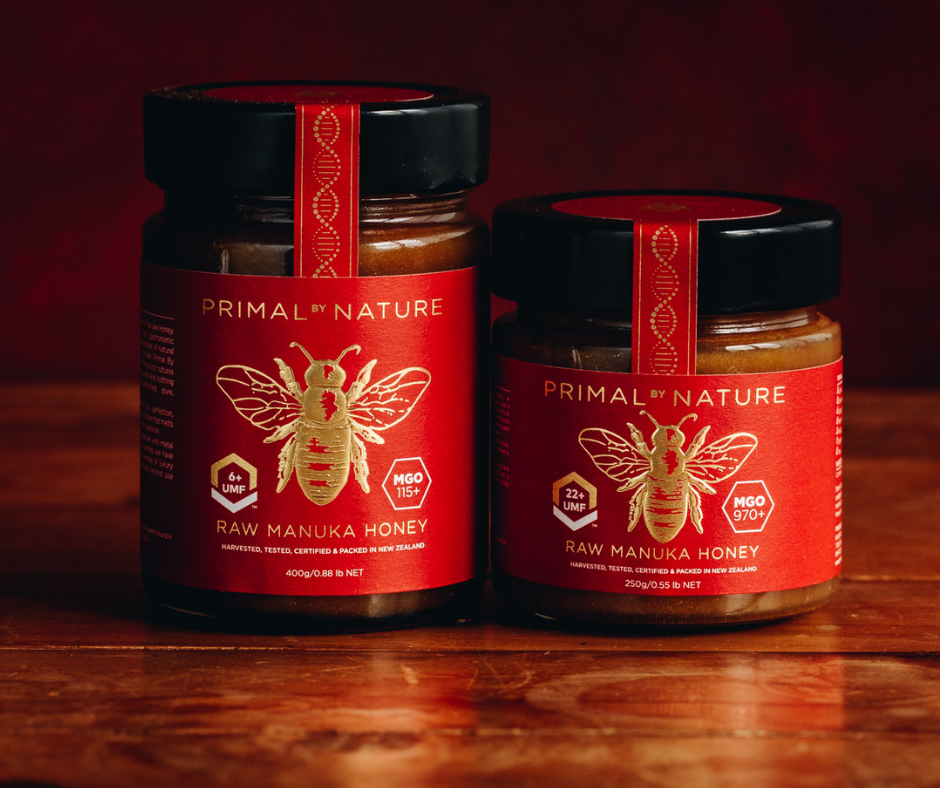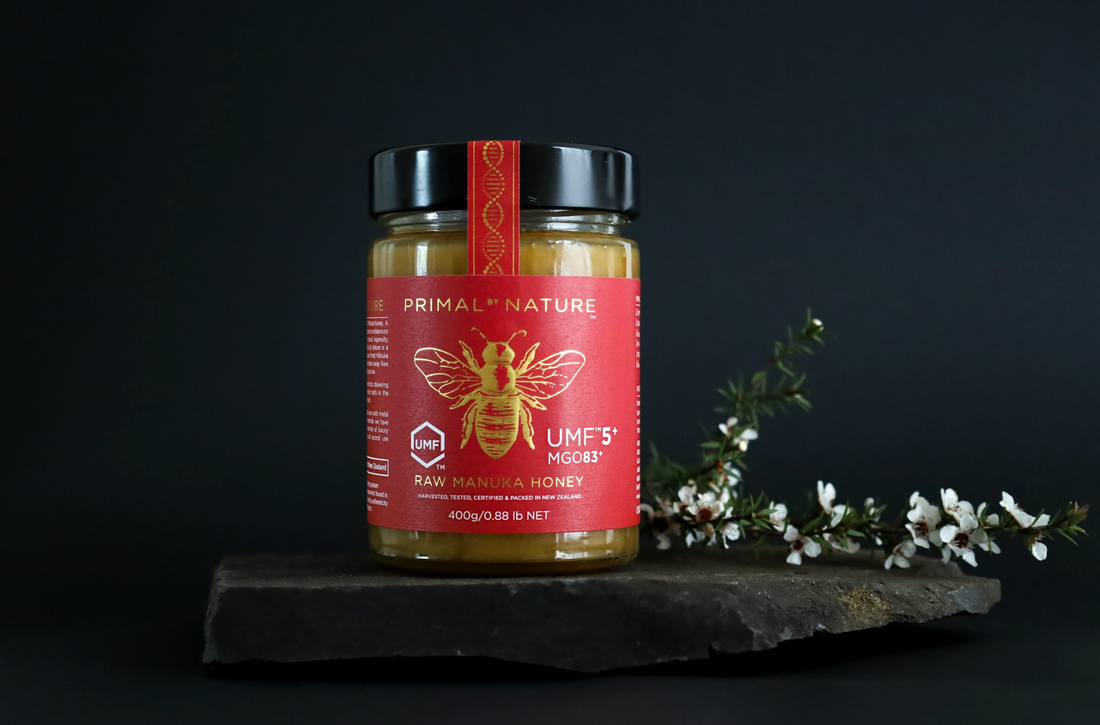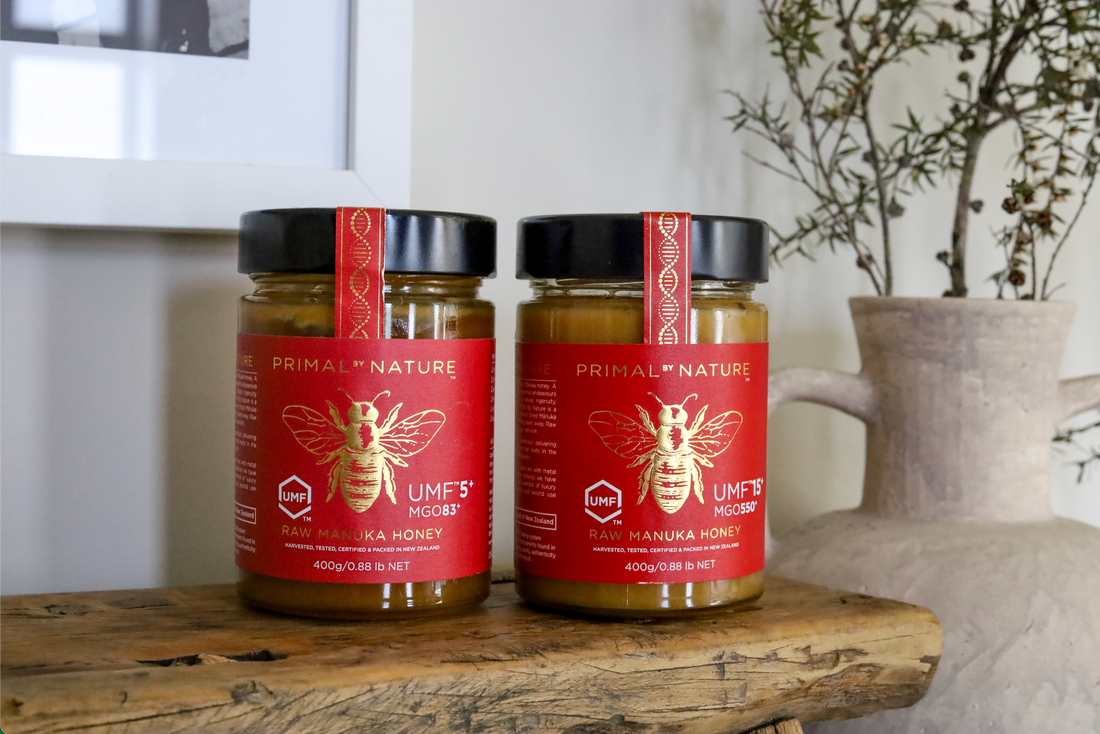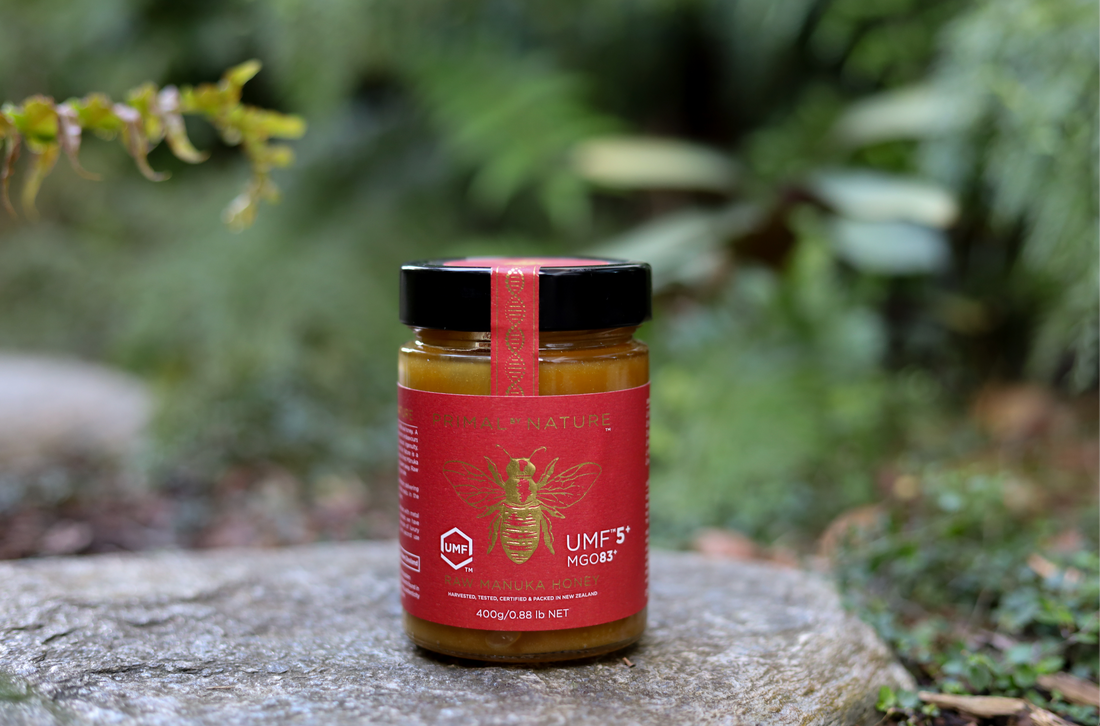Bees are arguably one of the most important creatures on Earth, and not just because of their Manuka honey-producing ability. As suppliers of food for both humans and birds - as well as the life force that keeps plants, flowers, animals and even humans alive - we a lot to owe bees for what they do.
This article will outline the importance of honeybees in Manuka honey production and why we need to ensure that we maintain healthy environments for them to live in. As integral components of the life cycle of other animals and plants, we must ensure that bees can live and grow in a sustainable and environmentally-conscientious world.
Why Are Bees Important For The Environment?
It’s very easy to take these tiny buzzing insects for granted, but it’s incredibly important that we respect what they do. As pollinators, bees help continue the life cycle for healthy food supplies worldwide. Over many centuries, bees have adapted to pollinate and thus assist with plant growth and fruiting. When a bee lands on a flower to gather nectar, pollen also sticks to its body and is then transported to the next flower for pollination.
Most plants that humans and animals rely on for food also require pollination. Nuts and plants from almonds, vanilla, apples and figs - bees are required for some of the most basic food elements. It’s also essential to note that bees also pollinate a large majority of wildflowers globally, which sets the scene for the most beautiful botanical settings.
How Do Bees Make Manuka Honey?
The first step of Primal by Nature’s raw monofloral Manuka honey production is for bees to collect the nectar within the Manuka flower. The Manuka flower blooms for a very rare period, only a minimum of six weeks a year. The house bees then break down the nectar into sugar once it’s brought back to the hive. Next, the honey is stored inside the honeycomb.
The bees will then fan the raw Manuka honey with their wings as it sits within the honeycomb cells. The rich golden creamy velvet we all know too well sits within the cells until it’s harvested. However, to ensure that the Manuka honey remains fresh, the bees create beeswax to cap each cell to preserve it all.
Here, this raw, primal example of nature’s finest awaits extraction from our highly-experienced and conscientious apiarists.
How Does The Environment Impact Manuka Honey Production?
In the current age of climate change, many scientists have reported that bees may be one of the most vulnerable victims. Firstly, their habitat is now under attack. A recent study saw that bee territories have decreased by nearly 200 miles between North America and Europe. The situation is also dire in South Africa, with some organisations needing to sustain pollinator habitats intact to ensure future food security.
The average temperatures rising in the past few years have thrown off the rhythm of seasonal climates. This can produce a timing mismatch between when the flowers produce pollen and the bees arriving at the flower to collect nectar. It’s also vital to note that even the slightest timing mismatches can harm bees, making them less physically healthy and decreasing reproduction. As mentioned above, there is already a narrow window for the Manuka flower to bloom; reducing this period, even more, will create an even higher scarcity of this natural gold.
Finally, as beautiful as honeybees are, they are sadly prone to infectious diseases from parasites. These diseases have been suggested to arise more frequently with environmental changes. Studies have also indicated that one parasite, in particular, Nosema ceranae, may be more likely to infect bees at higher temperatures. With climate change causing an overwhelming increase in global temperatures, there are worries that this may impact the health of the bees with this disease.
Are There Differences Being Made In The World Today?
Several charitable and environmental justice organisations protect the health and wellbeing of the honeybee. The honeybee is an integral part of the food production cycle and should be protected at all costs.
The Environmental Protection Authority (EPA) of New Zealand has an entire section on its website outlining the basic needs for bee health. The EPA also sponsors the ‘Bee Aware Month’ held in September which has been established to inform the public about this growing concern.
Conscientious and sustainable Manuka honey producers, like the team behind Primal by Nature, take many precautions to maximise the safety and health of the honey bees. We partner with Trees for Bees, a Research Trust that is a New Zealand based not for profit organisation focused on keeping our pollinators happy and healthy while providing a more sustainable food supply for bees. Sourcing from local beekeepers, we ensure that the raw Manuka honey harvested is done so respectfully towards the bees and their environment.
Primal by Nature - Sustainably Providing 100% Pure New Zealand Manuka Honey
Primal by Nature prides itself on putting the bees and environment first within our products. Remaining aware of the current climate situation, we ensure that we deliver only the most conscientious and environmentally-friendly Manuka honey treat to your door. We are your one-stop shop for a sustainable and natural solution. Our Manuka honey comes in a range of UMF™ strengths.
All Primal by Nature Manuka honey arrives at your door in recyclable glass jars regardless of the level of MGO or UMF™. We believe that our pure New Zealand Manuka honey must be the best and should be available to consumers in the same eco-friendly packaging.
Primal by Nature eliminates the confusion surrounding Manuka honey UMF™ grading systems and standards. As a result, you will be made aware of what the different grades represent and be confident in buying a product that reflects an environmentally conscious brand.
Taking Manuka honey to the next level, every glass jar of Primal by Nature contains a potent primal burst of nature. To taste Manuka honey of this stature is to embrace nature itself. So take a look at our extensive selection of Manuka honey products and become one with nature.





